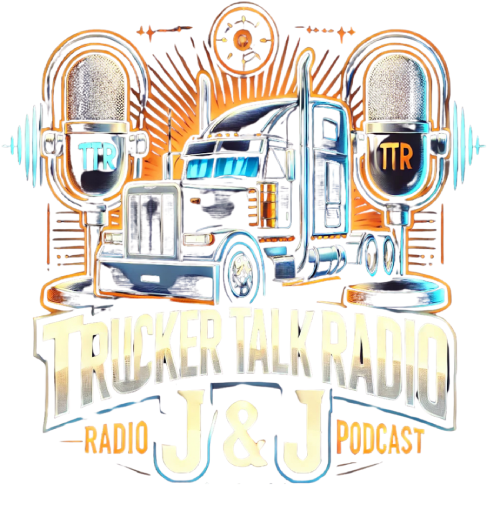A comprehensive guide for the future of self-driving trucks has reached its final stage after four years of development.
In 2020, the Virginia Tech Transportation Institute (VTTI) along with 17 partners received a $7.5 million grant from the U.S. Department of Transportation to establish a concept of operations. The final report, released in July, presents best practices for deploying automated driving systems (ADS) in large trucks, along with policy considerations for fleet operators across eight key areas.
“We’re thrilled that the grant awarded to VTTI by the Federal Motor Carrier Safety Administration not only met but surpassed the requirements for both activities and matching contributions,” stated Tom Kelly, the agency’s technical representative for the grant. “They achieved their objective of showcasing various ADS truck application concepts and addressing critical operational challenges like insurance, roadway preparedness, and fleet safety management. This culminated in a ‘playbook’ for trucking fleets aimed at adopting ADS in the future. Additionally, the research created a publicly accessible dataset with extensive ADS operational data.”
Focus Areas of the Guidelines
The guidelines concentrate on eight specific areas:
- Fleet specifications
- Installation and maintenance guidelines for systems
- Inspection procedures for ADS
- Monitoring driving conditions
- Motor carrier insurance guidance for ADS-equipped trucks
- Safety metrics and variables for ADS-equipped trucks
- Assessment system for roadway readiness
- Best practices for data transfer and cybersecurity
Objectives of the Fleet Concept Operations Project
The guidelines are just one outcome of the Fleet Concept Operations (CONOPS) project, which also aimed to:
- Observe and report practices for safely integrating ADS-equipped trucks into the U.S. on-road transportation system.
- Gather data to assist in modernizing U.S. Department of Transportation regulations.
- Showcase the effective integration of ADS-equipped trucks within existing freight systems.
- Foster collaborations with government bodies, research institutions, trucking associations, and private sector partners.
Methodology for Data Collection
To achieve the project’s goals and formulate the guidelines, the research team engaged in practical operational use cases, hosted various demonstrations, and organized public outreach initiatives. Key use cases included:
- A five-day deployment at the Port of Oakland, California.
- Five cross-country trips totaling over 15,000 miles with an ADS-equipped truck.
- Evaluating driver actions during autonomous operation in Whittier, Alaska, while exploring additional ways autonomous features could enhance the supply chain.
Public Engagement and Demonstrations
During the data collection phase, VTTI conducted several public outreach events in cities like Charlotte, Orlando, and Dallas. Participants observed ADS demonstrations, followed live data collection from cross-country trips, and had opportunities to experience rides in automated trucks. These events were organized in conjunction with project partners, including the autonomous trucking company Pronto.ai.
Data Management and Future Insights
The CONOPS Dataverse was established to store data from events and deployments, hosted by VTTI. This database comprises four collections of 94 data sets, including:
- Data from operations of ADS-equipped trucks, covering video, radar, GPS, and other sensory inputs.
- Driver monitoring datasets from the ADS-equipped vehicles across the selected use cases.
- Public survey responses collected during outreach events, all available for researchers and policymakers looking to explore the future of trucking automation.
Looking Forward
While further research and development are necessary for full fleet adoption, the CONOPS project guidelines offer a foundational starting point for fleets, along with insights into the industry’s current status regarding automated driving system implementation and the subsequent steps for successful integration.


